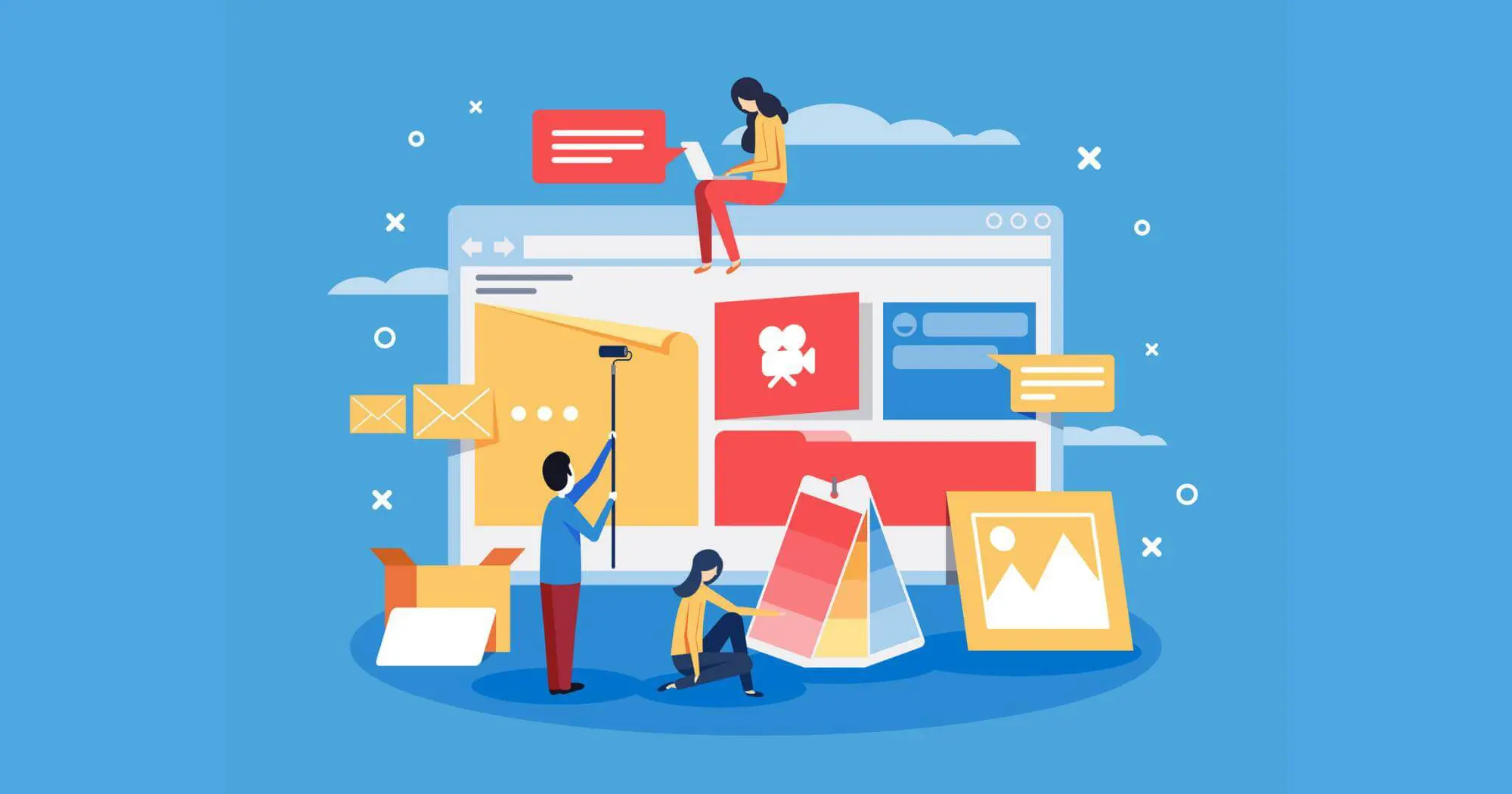Mobile apps are part of everyday life. Whether you’re checking your bank balance, ordering lunch, or booking a weekend getaway, apps are how modern users engage with brands and services on the go.
However, the process of mobile app development is a complex one, with lots of moving parts all working at the same time. If your brand is thinking about developing an app, it’s important to understand the basics – not just from a technical perspective, but in terms of planning, purpose, and long-term performance.
In this blog, we’ll explore the basic process of mobile app development, as well as highlighting some of the essential tools available to help get you started and produce the best work possible.
Why build a mobile app?
There are many benefits to building a mobile app, such as unlocking new value for your business – whether you’re enhancing customer experience, streamlining internal operations, or creating a new revenue stream. Some other key benefits include:
- Improved accessibility and convenience for users
- Greater control over branding and customer experience
- Opportunities for personalised content and notifications
- Offline functionality, ideal for travel or service industries
- Deeper user engagement and customer loyalty
Whatever industry your business resides in – ecommerce, healthcare, retail, or hospitality – building a mobile app can transform the way your audience interacts with your brand.
How to develop mobile apps: the basics
The process of mobile app development involves more than just writing code. It includes strategy, design, testing, and ongoing maintenance, all of which need to work together to deliver a high-quality product. Below we break down each typical stage of the process.
1. Create a clear strategy
The app development process should start with a clear strategy. When you develop an app, you’re developing it with a specific purpose in mind – usually to solve a problem your audience is experiencing – so you should conduct a strategy session to help define this.
As well as identifying how your app will solve a problem your audience is having, you should decide what the core functionality of your app will be and the features you want it to have. You could conduct competitor research and see what brands similar to yours are doing and set measurable KPIs so you can monitor performance effectively. Also at this stage, you want to ensure you have enough budget for your app project.
2. Plan your timeline
After you’ve developed your strategy, you should create a timeline. The complexity of your app will affect the time it takes to have it ready. Make sure the timeline for completion is realistic and includes time for analysis, UX design, application testing, and deployment.
You should also factor in which members of your team will be responsible for each element of your app, such as content creation, development, and design.
3. Design your app
This part of the process isn’t just about designing how it looks, it’s also about designing the architecture of the app. It’s essential to keep your customers’ needs in mind while staying true to your style guide and branding. Creating wireframes and user journeys will help you stay true to good UX design so your users can navigate your app intuitively, without friction.
You should also think carefully about what pages you’ll need and how your app’s going to work – will users swipe left to right to move between pages or do you want some kind of interactive menu? If you’re selling products or services, you’ll also need to consider how to incorporate a payment gateway too.
4. Begin developing your app
Once you have your design and structure nailed, the next stage of the process is developing the app itself. There are two ways you can develop your app which include:
- Developing using a template – this will include dragging and dropping information into an existing format.
- Developing from the ground up – this will include a team of professional developers to create a bespoke app for you.
Developing an app using a template costs less than developing from the ground up, but removes some of the customisability you may be wanting. You should choose the right option for your budget and functionality requirements.
Be sure to consider both frontend and backend development too. Frontend development focuses on the user interface, while backend development handles data storage, user authentication, APIs, and any other integrations. You’ll also need to decide whether to build native apps (specific to iOS or Android), a hybrid app (using shared codebases), or a web app.
5. Thoroughly test your app
After you’ve developed your app, you absolutely need to test it before it goes live. This will include trying out all of the features, testing performance on different devices, scouring for bugs or glitches, and ensuring accessibility and security is up to standard.
You can do this in-house or you may even want to consider asking some members of your target markets to test it for you and provide feedback. Whatever you choose, thorough testing ensures you can release a high-quality app and retain a strong reputation.
6. Continually update your app
Once you’ve successfully deployed your app, you need to keep on top of maintenance and update the app over time. Successful apps require regular updates, analytics tracking, and bug fixes. These kinds of updates will keep your app secure and protect users’ data, which is especially important to adhering to GDPR guidelines.
As well as that, users will undoubtedly provide constructive feedback on the quality of your app, which can help fix any issues and advise you on potential new features that need to be added in the future.
Key tools for mobile app development
If you’re thinking about bringing your app to life yourself, there are plenty of tools available to help you build, test, and launch your mobile app. However, the right platform will depend on your goals, technical resources, and whether you’re building for iOS, Android, or both.
Some of the most popular tools for mobile app development include:
- Flutter – backed by Google, Flutter lets you build fast, cross-platform apps from a single codebase with a native look and feel.
- React Native – a flexible, open-source framework from Meta that is ideal for building high-performance apps for both iOS and Android using JavaScript.
- Swift (iOS) and Kotlin (Android) – the go-to native languages for building platform specific apps when performance and hardware integration are a priority.
- Firebase – a powerful backend platform that supports real-time databases, authentication, analytics, and crash reporting – ideal for managing app performance post-launch.
These tools can form the foundation of your tech stack if you’re building in-house. Choosing the right tool can simplify the process of mobile app development and help bring your app to the market more efficiently.
Want our professionals to help build your app?
Developing a mobile app is a big step, but understanding the basic process of mobile app development can put you in a strong position to launch something that delivers real value for both your users and your business.
At Fifteen, we help businesses design and build digital products that work seamlessly across mobile and desktop. Whether you’re planning your first MVP or scaling an established app, our team of professional app developers can guide you through strategy, design, and development – from idea to launch and beyond. Get in touch with us today to find out more.




